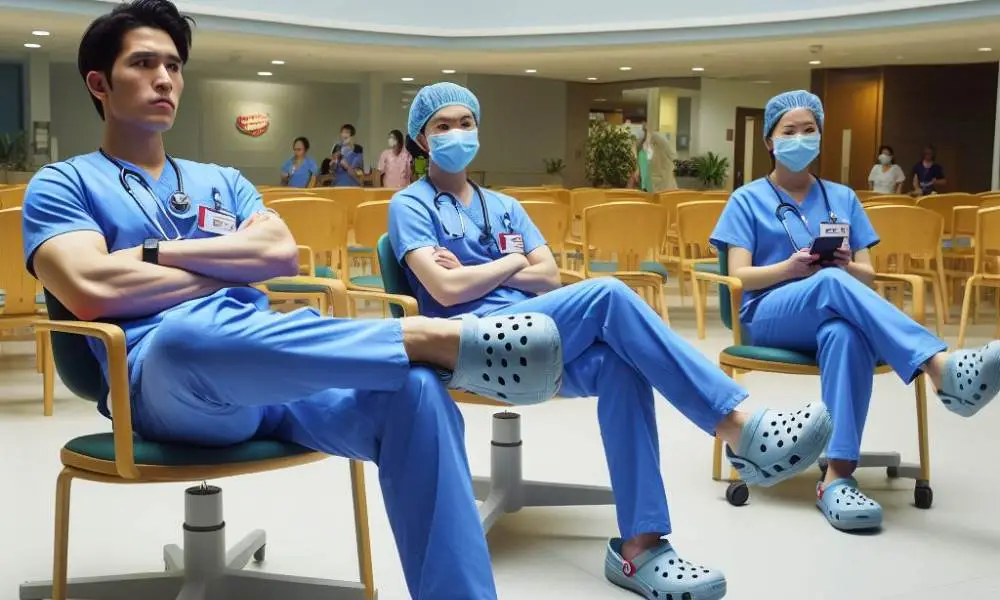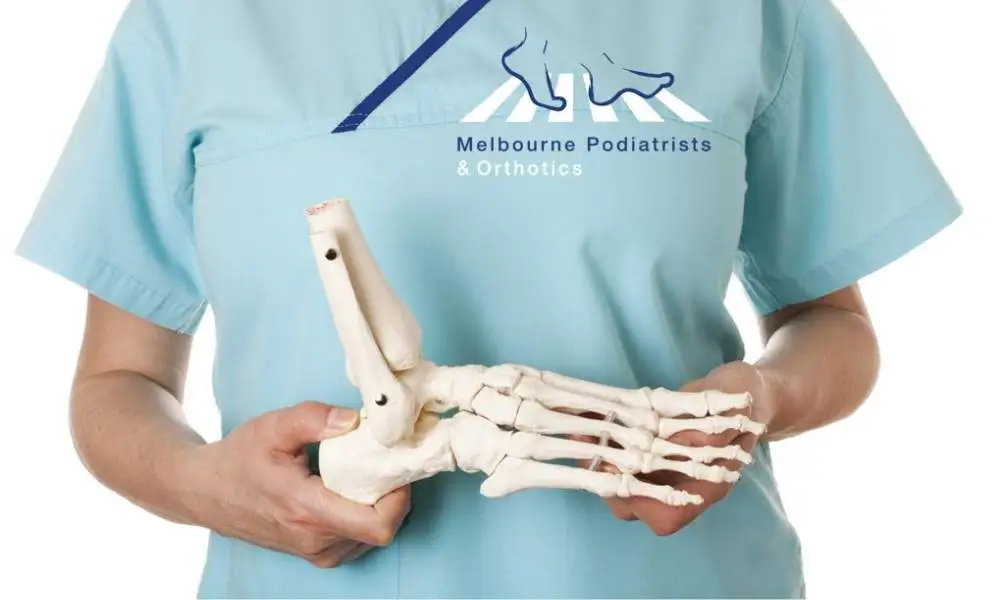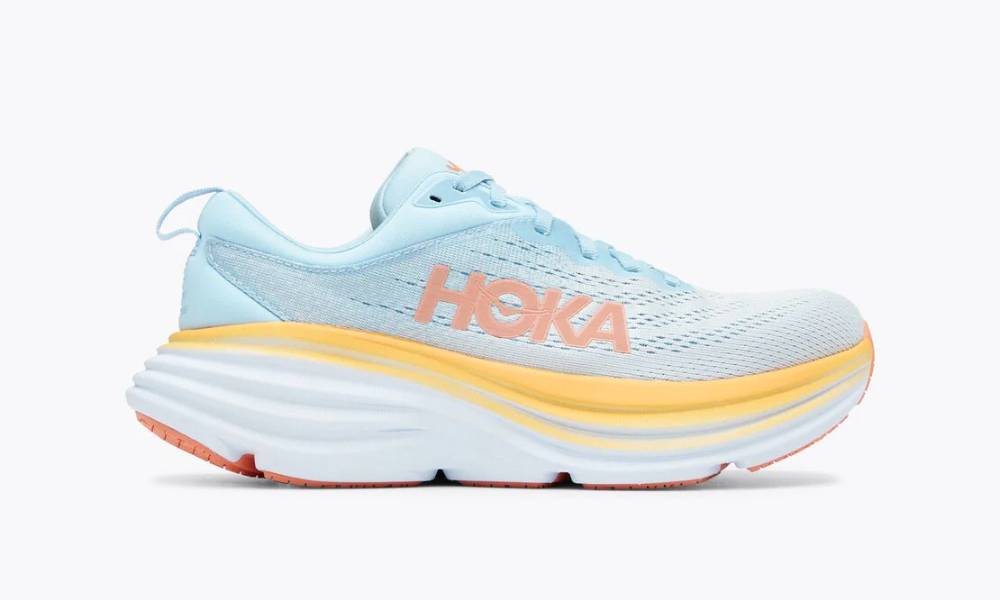
As an Amazon Associate I earn from qualifying purchases.
by ElenaStyle

As an Amazon Associate I earn from qualifying purchases.
In the bustling corridors of hospitals and clinics, where nurses tirelessly tread, the question of suitable footwear often arises. “Can nurses wear Crocs?” is a debate that echoes through the healthcare community, blending concerns of safety, comfort, and professionalism.
As these rubber clogs have swept into popularity for their convenience and comfort, the healthcare industry stands divided.
This article seeks to explore the various facets of this debate, delving into the policies, preferences, and practicalities that govern the choice of footwear for those at the forefront of patient care.
Join us as we unravel the complexities behind one of the most seemingly simple yet profoundly significant questions in healthcare attire.
Crocs, despite being comfortable and easy to clean, are not typically permitted for nurses in many healthcare facilities
The primary concern is the open-heel and sometimes open-toe design of many Crocs styles. These designs do not provide sufficient protection against spills, sharp objects, or falling equipment, which are common hazards in a healthcare environment.
Nurses are frequently in situations where they might be exposed to bodily fluids, chemicals, or medical instruments, and the open design of Crocs could lead to foot injuries or contamination

There are some reasons why they’re not typically recommended for doctors and nurses:
Crocs, especially the classic clogs, don’t offer much arch support or shock absorption, which can lead to foot fatigue, pain, and even musculoskeletal issues during long shifts on hard floors.
While some Crocs styles have improved slip resistance, they generally don’t provide the same level of grip as proper medical shoes designed for hospital environments. This can be a safety hazard in areas where spills or wet floors are common.
Most Crocs styles have an open toe design, which leaves feet vulnerable to accidental drops of instruments or equipment. Closed-toe shoes with sturdier materials offer better protection in these situations.
The porous material of Crocs can harbor bacteria and odors, making them harder to disinfect thoroughly compared to smooth-surfaced medical shoes. This is especially important in healthcare settings where hygiene is crucial.
Crocs might not be waterproof or resistant to bodily fluids, which can be a concern in medical settings where exposure to such fluids is common.
Many hospitals and healthcare facilities have dress code policies that require medical staff to wear specific types of shoes that meet safety and hygiene standards. Crocs might not always comply with these policies.
While comfort is important, some healthcare professionals might prefer shoes that project a more professional image in a clinical setting.
It’s important to note that some Crocs styles, particularly those designed specifically for healthcare workers, might address some of these concerns. However, for optimal safety, comfort, and hygiene in a medical setting, most healthcare professionals opt for shoes specifically designed for their needs.
Also Read: Can You Wear Crocs To Work?

The popular rubber shoes known for their comfort and easy-to-clean design have seen a crackdown in several hospitals due to safety concerns.
These Crocs, while favored by many for their convenience, have been banned in various healthcare institutions worldwide, including in the UK, following incidents where sharp objects have pierced through their soles. This ban aligns with similar prohibitions in countries like the United States, Canada, Sweden, and Austria, highlighting a global concern for healthcare worker safety.
In Australia, health services and networks each have their unique uniform policies. The Australian Nursing Federation emphasizes the responsibility of employers to assess risks and determine suitable footwear for nursing staff.
They advocate for a risk assessment approach, as per legislation, to ensure the safety and well-being of the nursing team. At St Vincents and Mater Health Sydney, a stringent approach is taken. Here, Crocs are prohibited across all areas.
The organization mandates fully-enclosed shoes with non-slip soles in all patient care areas, emphasizing the importance of protecting nurses from a range of hazards including sharp objects, slips, trips, and falling objects, which are critical for effective and safe manual handling.
Meanwhile, at Melbourne’s Epworth HealthCare, a nuanced view is observed. While nurses on wards don’t wear Crocs, some doctors and nurses in theatre settings do.
However, this practice is under scrutiny. Research commissioned by the United Kingdom Health and Safety Executive indicates that Crocs present a high risk of slipping on wet and hard surfaces.
Further, Epworth’s Slips, Trips, and Falls working party noted that Crocs tend to be more slippery in moist environments, such as procedural areas, compared to traditional surgical footwear.
As a result, there’s a push for a transition to more appropriate footwear. The organization is encouraging not just its staff but also surgeons and anaesthetists to switch to safer alternatives.
This movement reflects a broader commitment to ensuring the safety of healthcare workers, recognizing that appropriate footwear is not just about comfort but crucially about preventing accidents and injuries in fast-paced and hazardous environments.
Also read: Are Crocs Good for Flat Feet?

Selecting the optimal footwear as a nurse is a challenging yet crucial task. There are numerous considerations to keep in mind. Naturally, you’ll seek shoes that not only complement your uniform for a professional look but also offer comfort and safety during your shifts.
When on the hunt for your next pair of nursing shoes, ponder over these vital factors:
The threat of slipping on wet surfaces is ever-present. Choose footwear that boasts slip-resistant soles and water-resistant materials to prevent accidents and keep your feet dry from various spills.
Continuous hours in the same pair of shoes can exert immense stress on your feet. Opt for shoes with ample cushioning to mitigate this strain. Shoes that promote breathability are crucial to prevent excessive sweating, foot odor, fungal conditions, and athlete’s foot.
Throughout the day, your feet will naturally expand and change shape, especially under pressure and heat. A shoe with a spacious toe box accommodates this expansion, ensuring comfort and preventing the urge to kick off your shoes after a long day.
The healthcare environment is laden with risks, including exposure to needles and other sharp objects. Selecting sharps-resistant footwear is a proactive step in safeguarding your feet from potential injuries.
Given the constant motion inherent in nursing, durable shoes are non-negotiable. They should feature robust cushioning and hazard protection to minimize the risk of injury or discomfort.
Pay attention to the three pivotal layers of a shoe: a sturdy upper for even surface traction, a strong insole for prolonged standing comfort, and a supportive midsole for walking and standing support.
In a profession where spills and stains are commonplace, maintaining clean shoes is part of projecting professionalism. Opt for footwear that’s not only easy to clean but also stain-resistant to reduce maintenance time.
As a nurse, your job is demanding, with most of your time spent on your feet, sometimes covering distances equivalent to a marathon!
The right pair of shoes doesn’t just contribute to your professional appearance; it’s a vital tool in ensuring your well-being, safety, and effectiveness in your critical role.
When choosing your footwear, consider these factors carefully to keep your feet healthy and your focus sharp on providing the best care.
Also Read: Can You Work Out In Crocs?
The Clove Classic Nursing Shoe is designed specifically for healthcare professionals. Its liquid-repellent upper and non-slip grip make it ideal for the hospital environment.
The shoe is crafted to provide comfort during long shifts, with ample cushioning and a sleek, professional design. It’s also odor-resistant and easy to clean, ensuring that nurses can maintain hygiene and comfort throughout their demanding schedules.
The New Balance FuelCore Nergize V1 Sneaker is a versatile choice for nurses who need a blend of comfort and support.
It features a lightweight design with a responsive REVlite midsole, providing excellent cushioning without the bulk. The sleek, bootie-style construction ensures a snug, comfortable fit, making it suitable for those long hours on your feet.
Known for its superior cushioning, the Asics Gel-Nimbus 25 is an excellent option for nurses. It incorporates Asics’ signature GEL technology, offering exceptional shock absorption and support.
The shoe’s breathable fabric and ergonomic design ensure comfort and stability, crucial for healthcare professionals who are constantly on the move.

The Hoka Bondi 8 is renowned for its thick, cushioned sole that delivers maximum comfort and reduces the impact on the feet during long standing hours.
It’s a favorite among nurses for its supportive arch and wide toe box, accommodating foot swelling typical in long shifts. Its breathable upper and durable outsole make it a practical and comfortable choice for the demanding healthcare environment.
Also Read: Shoes Like Dansko (6 Alternatives)
Skechers D’Lites Biggest Fan is a trendy and practical option, offering a combination of style and comfort. It features a thick sole with good traction and a memory foam insole for superior cushioning.
The shoe is lightweight and comes with a breathable upper, making it suitable for nurses who need to stay on their feet and move quickly throughout their shift.
Specifically designed for women, Ryka’s Devotion Plus 4 is a walking shoe that offers exceptional support and comfort. It features an anatomical insole, a comfortable footbed, and a responsive cushioning system, making it ideal for the rigorous demands of nursing.
Its breathable mesh upper and lightweight design ensure that nurses can wear them comfortably throughout long shifts.
As we’ve navigated the corridors of discussion about nurses wearing Crocs, it’s clear that this is more than a mere fashion or comfort debate; it’s about ensuring the safety, efficacy, and well-being of those who are the backbone of our healthcare system.
While Crocs offer undeniable comfort and convenience, the concerns regarding safety and hygiene in clinical settings are valid and cannot be overlooked. Institutions and nurses must balance personal comfort with professional responsibility, adhering to guidelines that prioritize patient and staff safety.